Toward a New Typography
While influential, the Bauhaus was just one nexus at which the modernist revolution in typography and design occurred.
Throughout Europe, avant-garde artists were applying the aesthetics of abstraction to commercial advertising, while others (typographers and designers by trade) simply sought a new, streamlined system of communication for the machine age. This broader movement, sometimes labeled the New Typography after Moholy-Nagy’s 1923 essay and Jan Tschichold’s 1928 book of the same name, was a loosely associated and highly international network of designers working in a similarly spare, geometric style—an aesthetic that would inform typographic discourse for much of the century. While not directly affiliated with the Bauhaus, many of these designers engaged in active dialogue with its teachers, students, and ideas.
The objects in this section represent only a small sample of activities and figures adjacent to the Bauhaus. Some, like the 1920s advertising monograph Captivated Gaze or Tschichold’s The New Typography, serve as anthologies of the broader New Typography movement. Others, like the work of Dutch designer Piet Zwart and Czech artist Karel Teige, represent contemporaneous commercial and artistic designs from outside Germany, though both men lectured at the Bauhaus. And German painter and gallerist Walter Dexel, while not a student or instructor of the school, organized several exhibitions that were hosted by the Bauhaus or featured its artists. Finally, original type specimens of Futura and geometric ornaments show the influence of modernist ideas on the tools as well as the products of typography.
Walkthrough
Futura: A Typeface for Our TimeNext
Beyond the Bauhaus-

Typographic Notes, Fundamental Typography Special Issue (Typographische Mitteilungen, Sonderheft Elementare Typographie), October issue
Letterpress
-
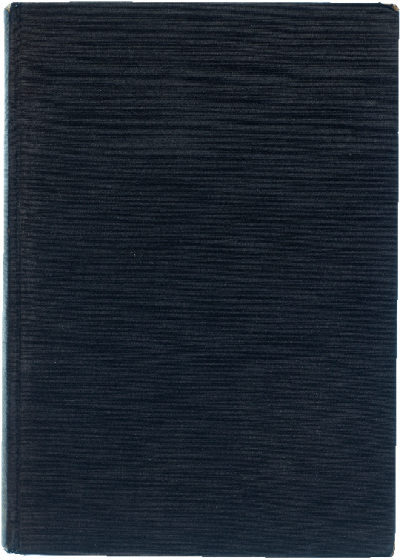
The New Typography (Die neue Typographie)
Letterpress
-
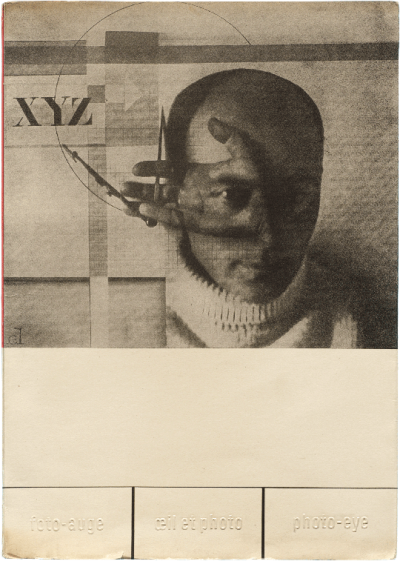
Photo-Eye (Foto-Auge): 76 Photos of the Period
Letterpress
-

Fototek 1: 60 Fotos
Letterpress
-

Typographic Design (Typographische Gestaltung)
Letterpress
-

Exhibition poster for The Professional Photographer (Der Berufsphotograph)
Letterpress
-
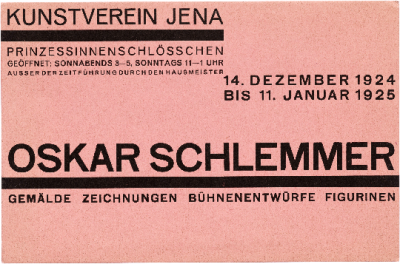
Announcement for the Oskar Schlemmer exhibition at the Jena Art Association
Letterpress
-
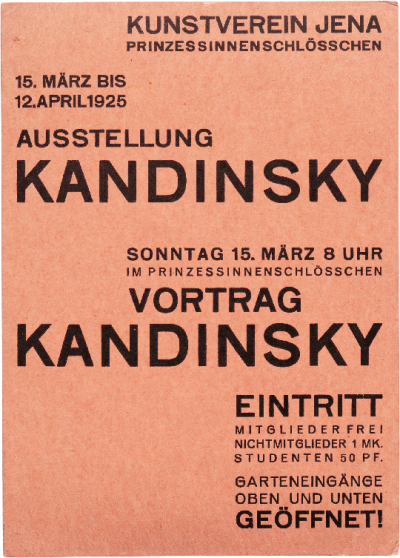
Announcement for the Wassily Kandinsky exhibition at the Jena Art Association
Letterpress
-
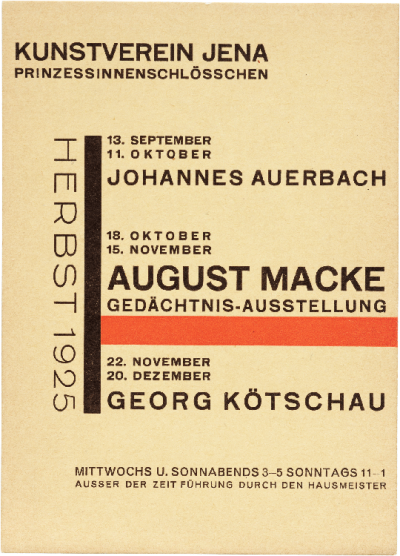
Announcement for the August Macke exhibition at the Jena Art Association
Letterpress
-
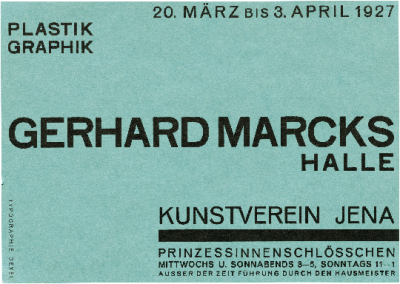
Announcement for the Gerhard Marcks exhibition at the Jena Art Association
Letterpress
-
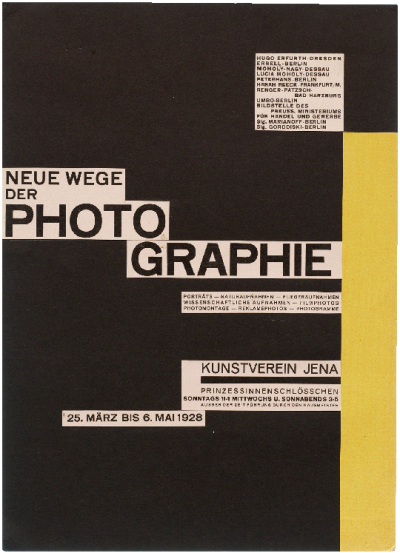
Exhibition poster maquette for New Ways of Photography (Neue Wege der Photographie)
Paper on board
-
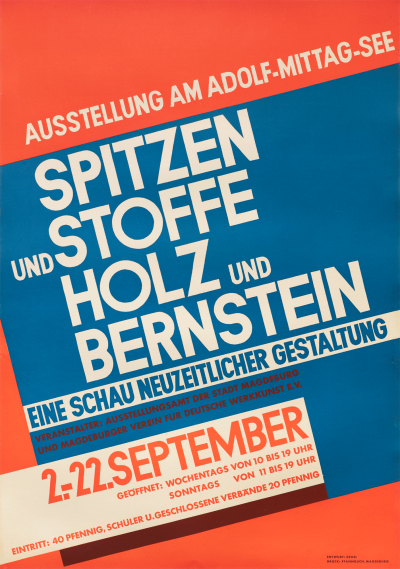
Exhibition poster for Lace and Fabrics, Wood and Amber (Spitzen und Stoffe, Holz und Bernstein)
lithograph
-

Exhibition poster for USA Builds (USA Baut)
Lithograph
-

Poster for Narrhalla, a theatrical event during the German carnival season
Lithograph
-
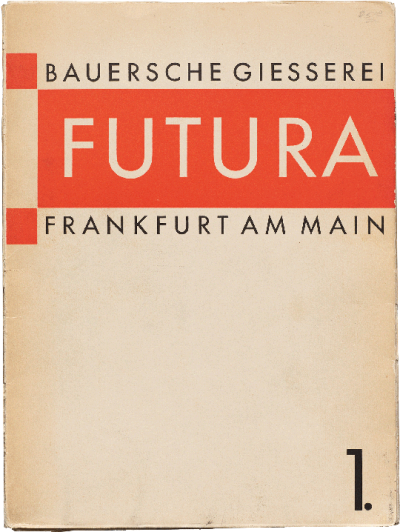
Type specimen for Futura
Letterpress
-

Type specimen for Elemental Decorative Forms (Elementare Schmuckformen)
Letterpress
-
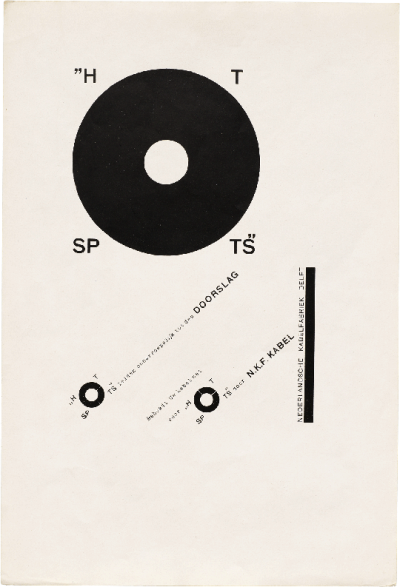
Advertisement for Dutch cable company N.K.F. Delft
Letterpress
-
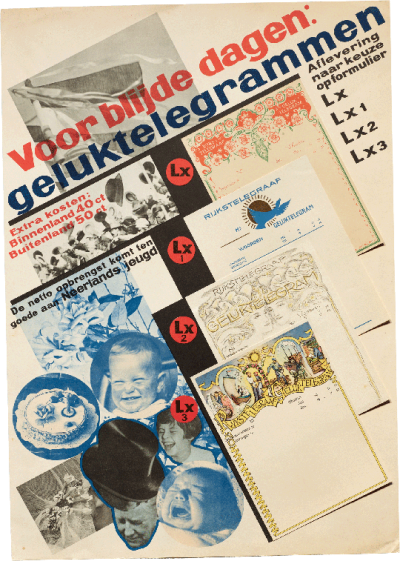
“For Happy Days: Lucky Telegrams” (“Voor blijde dagen: Geluktelegrammen”), poster advertising decorative telegrams for the Dutch postal service PTT
Collage and letterpress
-
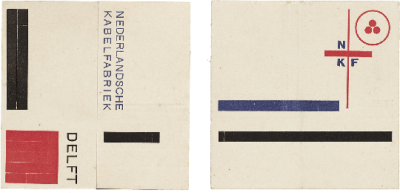
Business card for Dutch cable company N.K.F. Delft
Letterpress
-
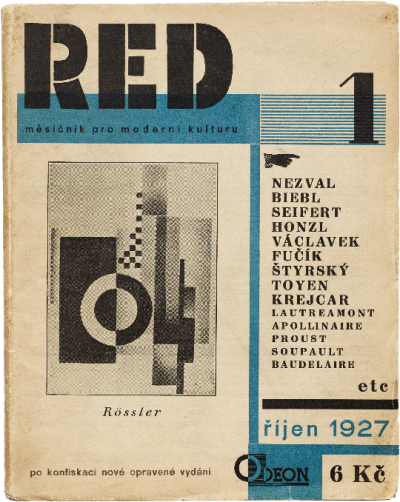
ReD: Monthly for Modern Culture (ReD: Měsíčník pro moderní kulturu), vol. 1, no. 1
Letterpress
-
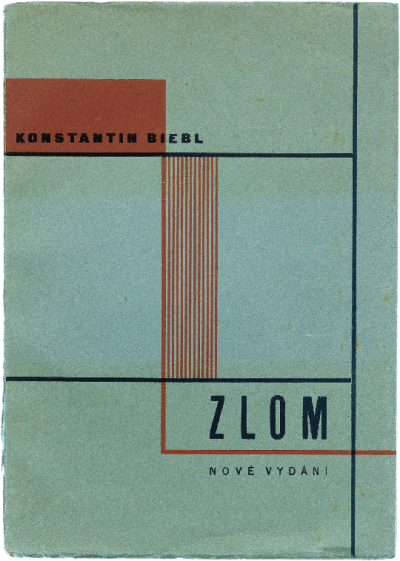
Rupture (Zlom)
Letterpress
-

With a Ship that Imports Tea and Coffee (S lodí jež dováží čaj a kávu)
Letterpress
-

Captivated Gaze: 25 Short Monographs and Articles on New Advertising Designers (Gefesselter Blick: 25 kurze Monografien und Beiträge über neue Werbegestaltung)
Letterpress